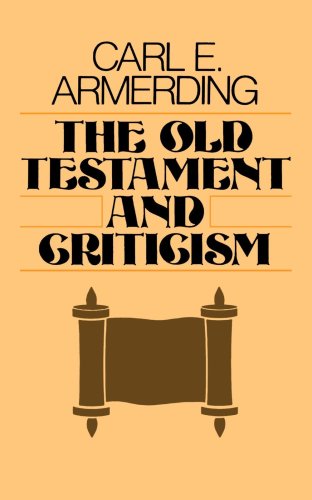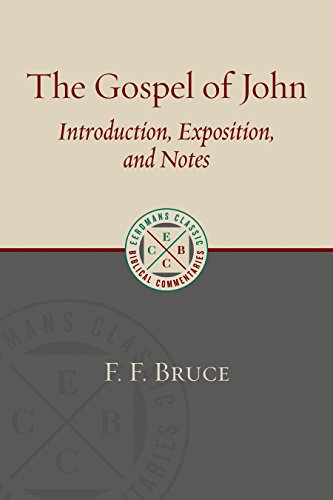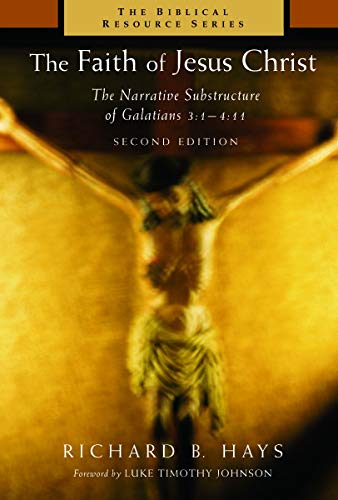Professor Best, who recently retired as Professor of New Testament studies at Glasgow University, has produced many distinguished writings, and has helped students and pastors alike by his valuable commentary on 1 and 2 Thessalonians. The present volume continues this constructive combination of careful, moderate scholarship and practical pastoral concern. The term ‘story’, as it is used here, does not simply acknowledge a fashionable trend in biblical studies, but reflects the author’s carefully-weighed conviction that the full impact of the gospel of Mark can be perceived only when it is heard or read as a whole. The units and complexes of material within Mark’s gospel might be said to represent different pictures of Jesus, or at least difficult angles of observation. But when he puts these complexes together in his own distinctive way Mark produces a whole which transcends the mere sum of its component parts. ‘Mark created a new and exciting whole out of the material available to him in the tradition’ (p. 122).
Within this frame, Professor Best re-examines many of the questions traditionally asked about Mark in biblical studies. In this way he provides valuable material for the student. He argues that the gospel was written for Christian believers who already knew the stories it contained as individual stories, before they heard the whole. The original readers already knew the outcome of Mark’s story, as is indicated by allusions and clues which presuppose this. We cannot pin-point some external occasion for writing such as the fall of Jerusalem or the death of eyewitnesses. Mark’s purpose was not simply to preserve a historical record, though this does not mean that he was indifferent to the historical events of the narrative. ‘Mark’s purpose was pastoral. He wrote primarily to build up his readers in faith’ (p. 51). He probably wrote in Rome, but there is no evidence at all that his gospel was intended as a polemic. He did not attack some particular eschatology. Still less did he address some supposed ‘divine man’ Christology. His positive concern is to portray Jesus as the one who cares. The activity of Jesus as teacher and miracle-worker is to be seen within this framework. Such a picture, however, is far from being bland: ‘The Markan Jesus is not a tamed Jesus always available to solve believers’ problems. He is the Jesus of the cross for whom problems are not just difficulties to be solved (“let this cup pass from me”) but concerns to be lived into and through … The death of Jesus hoods over the entire Gospel’ (p. 66). Mark’s use of the term ‘Son of God’ stresses Jesus’ obedience to God’s will, and discipleship entails following Jesus in this path of obedience.
It will be apparent that when he speaks of ‘story’ Professor Best is not concerned with a purely literary phenomenon. Indeed some of his most trenchant and timely criticisms relate partly to Standaert’s theory about Mark’s use of rhetorical conventions but more especially to N. R. Petersen’s attempt to apply a particular narrative theory borrowed from literary studies. ‘Petersen treats Mark as if he lived and worked in a vacuum. Since Mark’s material came to him from within his community, he was not free to change it at will’ (p. 118). Petersen pays no attention to certain markers and clues which Mark places. It is more helpful to compare the function of narrative, especially scenic narrative, within the Old Testament. Conflicts, statements, actions, and events, all take their place within a pattern which speaks to the present. In this way the events surrounding Jesus remind the Markan community that Jesus can care for them, but also that they must be prepared to tread the path of suffering and obedience. Professor Best’s approach and method of treatment takes full account of the text and the questions of the thinking reader. It is no mere exercise in theoretical argument, but it engages sufficiently closely with the standard literature of Markan scholarship to provide a very useful textbook for the student as well as making its own distinctive contribution to the subject.
Anthony C. Thiselton
University of Nottingham and University College, Chester






